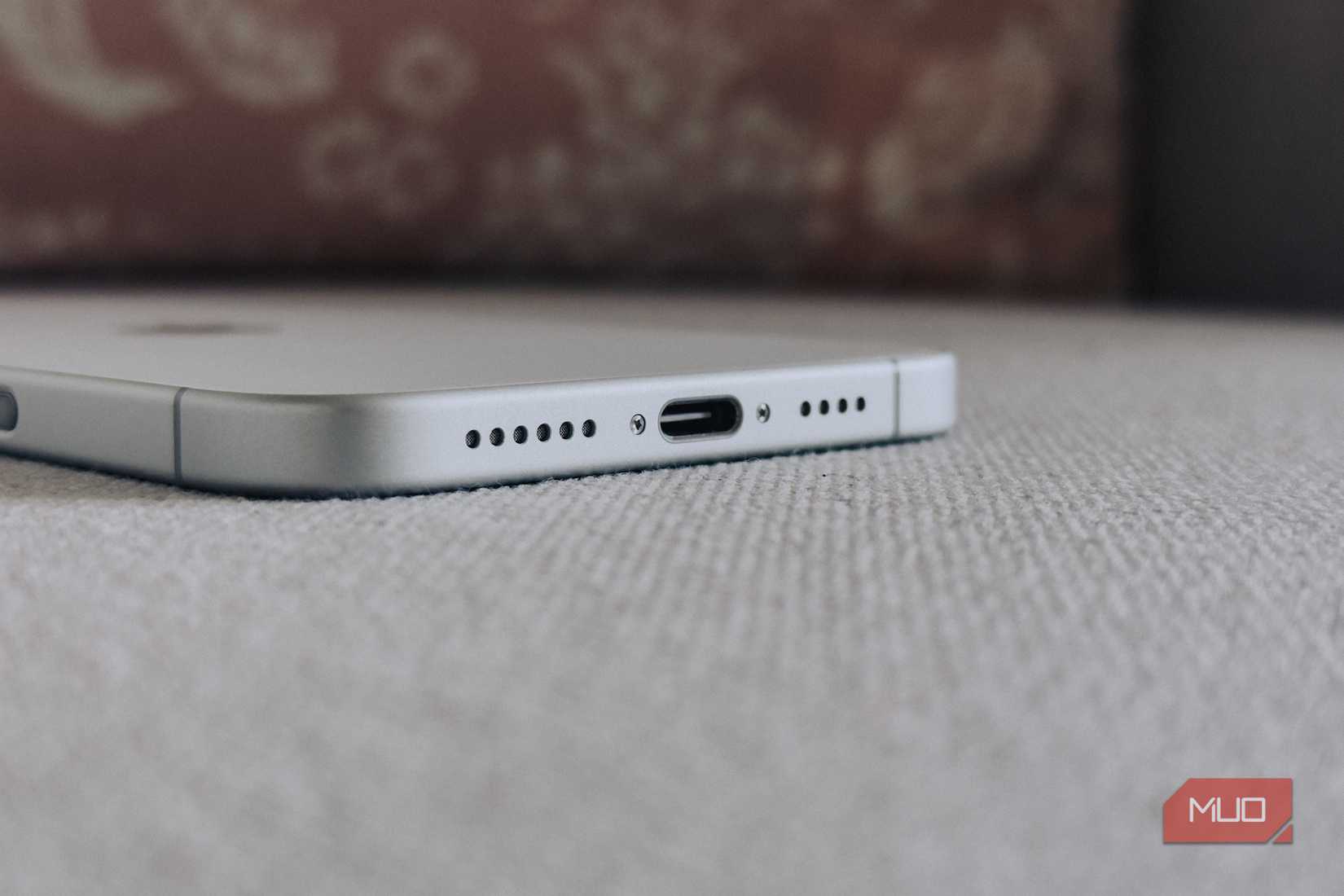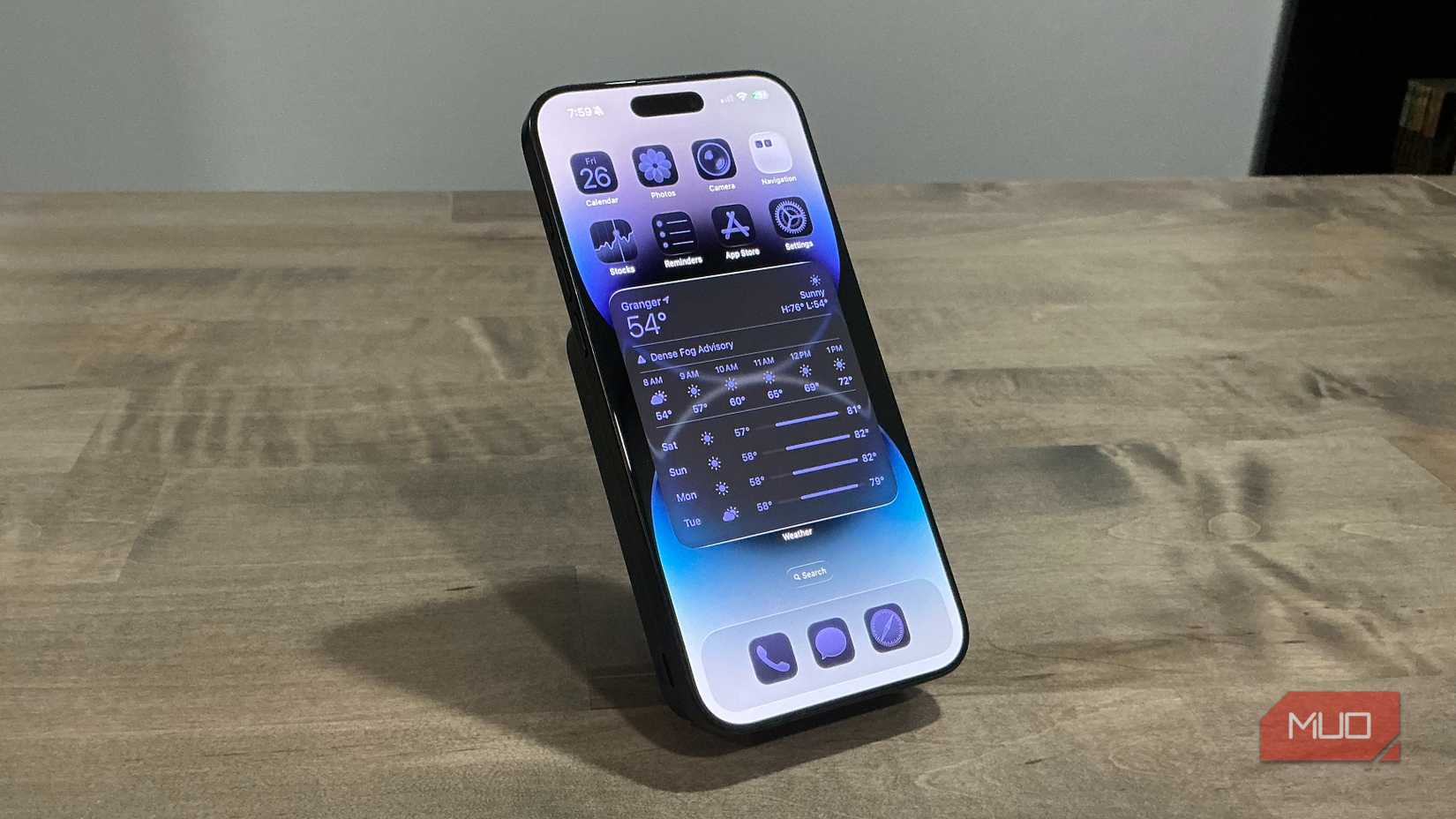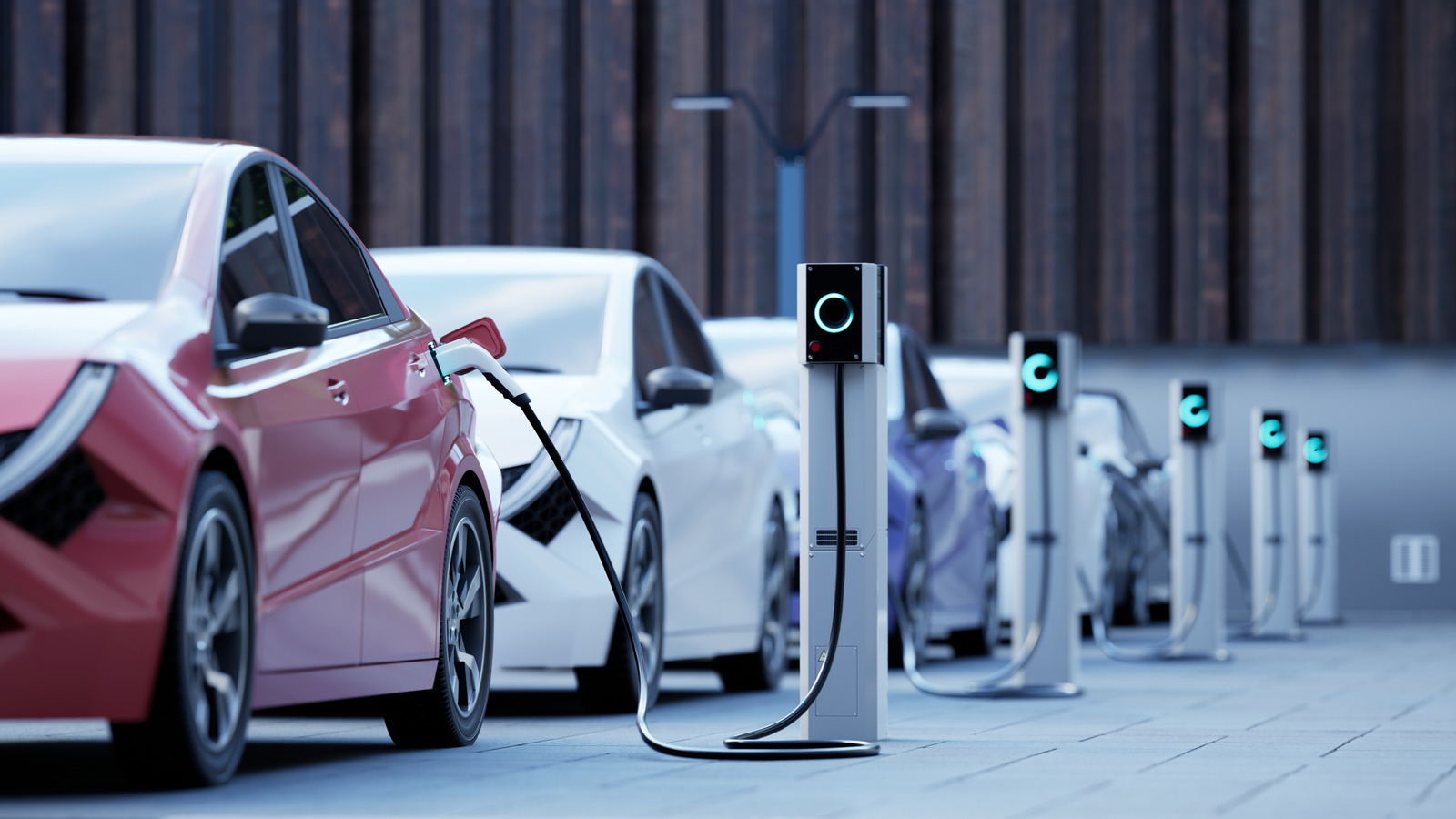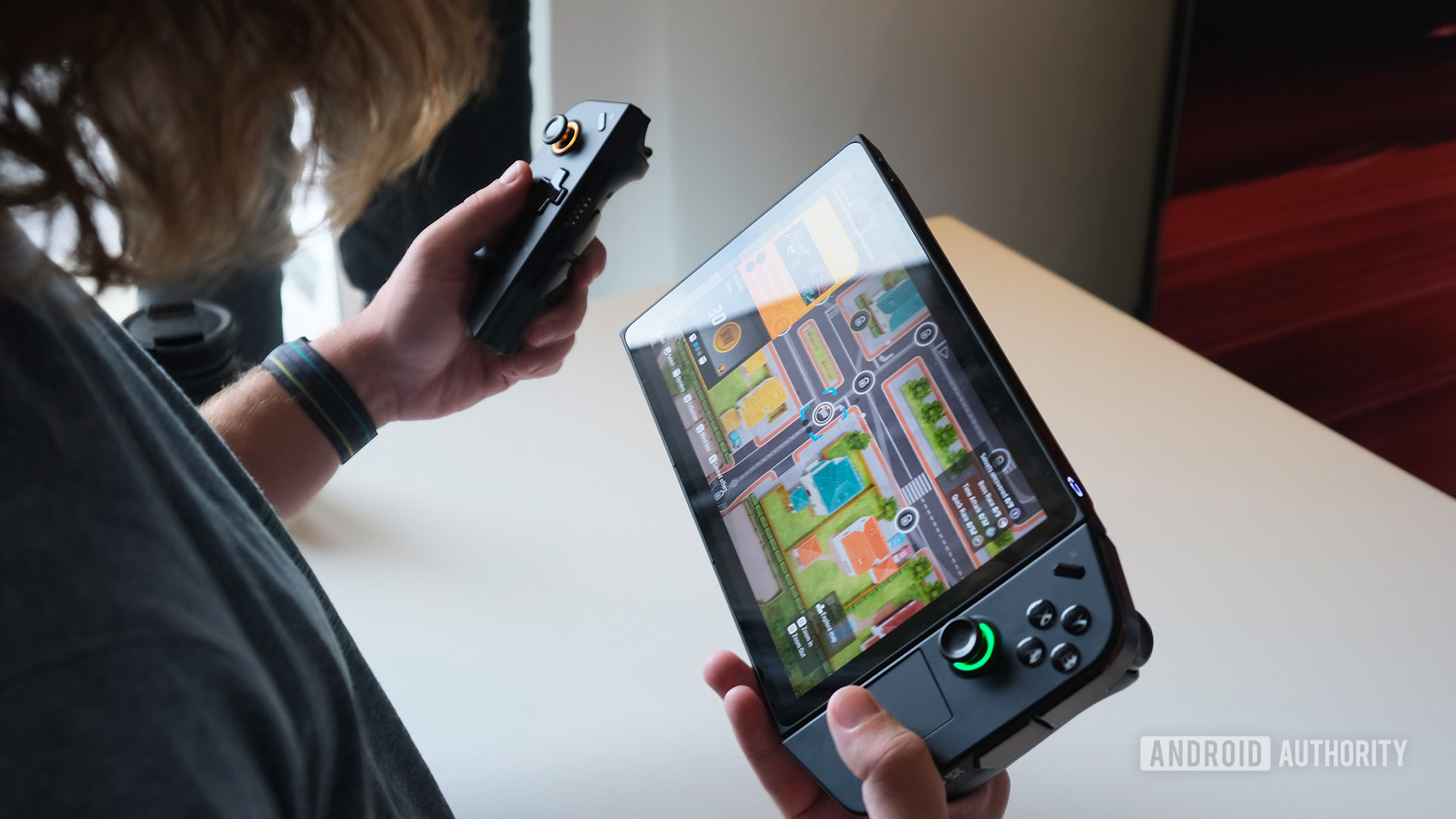Smartphones have evolved from thick slabs with plenty of bezels surrounding a tiny screen in the early 2010s to sleeker, lighter slabs with more screen than bezel to hold. They’ve changed dramatically for better and worse. We’ve gone from single-camera setups to multiple lenses; from thick bezels to near-bezelless designs; from multiple ports to just one. The list of smartphone features that no longer exist grows as years go by.
But one of the rather controversial changes companies made was the removal of the headphone jack, which didn’t sit well with many high-fidelity sound enthusiasts. I used to be on the same bandwagon, seeing it as a negative change. However, thinking about it years later, after nearly every phone model has followed Apple’s controversial choice, I think that, despite the valid criticism, killing the headphone jack has made our phones better in different ways.
3
Phones became more durable and water-resistant
Durability comes at a price
Compared to the first generation of smartphones, modern phones are way more durable. One of the most impressive technological advancements in making them durable is the addition of water resistance, usually denoted using Ingress Protection (IP) ratings like IP68. IP certification on modern phones means they include some protection against the entry of foreign materials, such as liquids and dust particles. Such an engineering feat could only be achieved by reducing openings through which water and dust can enter.
The headphone jack was a major entry point for water and dust, and removing it made it easier for companies to seal devices against the entry of external materials. Today, IP68-rated phones can handle spills, rain, and even brief dips underwater—all thanks in part to having one less hole to protect.
For example, an IP68-rated phone like the Samsung Galaxy S25 can withstand being submerged in one and a half meters (4.92 feet) of water for up to 30 minutes without sustaining any damage. The iPhone 17, on the other hand, can be submerged to a depth of up to 6 meters (19.68 feet) of water for up to 30 minutes without damage. While water-resistance doesn’t mean waterproof, I’ll pick water-resistance any day over having a headphone jack.
2
Simplified port usage with USB-C
One port for everything
USB-C has become the standard port on phones, laptops, and even accessories like earbuds and power banks. You might dismiss it as yet another interface, but it’s arguably one of the best things to happen to consumer gadgets in recent times. It’s a simple interface that not only makes plugging in your charger easier but also transfers data faster.
However, one of the lesser-known advantages of USB-C is that it can also transmit audio signals thanks to USB audio. With USB-C audio, the USB-C port effectively replaces the antiquated headphone jack, making it unnecessary. So, despite not having the 3.5mm jack, you can still listen to your music in lossless format using the now-ubiquitous USB-C port.
This has simplified accessory management by reducing cable clutter because one port handles charging, data transfer, and digital audio. Even better, more headphones are adopting USB-C audio for wired listening like Apple’s AirPods Max and Sennheiser’s MOMENTUM 4 Wireless. In essence, you’re not missing out on anything because of not having a dedicated port for audio output.
1
It created more room for hardware improvements
It freed up space for more important enhancements
When designing the modern-day smartphone, companies have limited space to accommodate everything they can. After all, we’ve come to expect our phones to be a few millimeters thick and weigh just about 200 grams. Go above that threshold, and the phone feels bulky and is considered hard to carry around.
Because of this, the only way companies can deliver sleek and portable devices is by doing everything they can to make maximum use of the available space. And that sometimes includes making controversial changes, like removing the headphone jack or dedicated microSD card slots.
Sure, the headphone jack might seem small at roughly 3.5mm wide, but when you consider that it requires a cylindrical housing plus space for circuitry, it takes up some valuable internal space. Without it, manufacturers have gained more room to make our smartphones better. That small change has enabled companies to make several improvements, like including larger batteries, delivering better haptics, or improving cooling systems to handle even more demanding tasks without overheating quickly.
Removing the headphone jack was for the better
Companies removing the headphone jack from phones seemed backwards at the time, but over time, I’ve come to acknowledge it was for the better. Modern-day phones have become miles better than their older counterparts in various ways, including, but not limited to, higher battery capacities and greater durability.
Plus, as a consumer, I appreciate the simplified accessory management thanks to using one port for everything. But as someone who has had several audio cables break, I still haven’t missed having the headphone jack.












